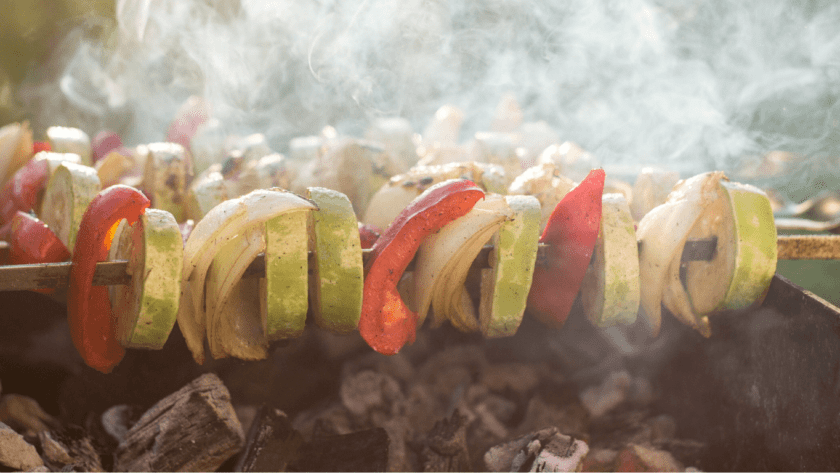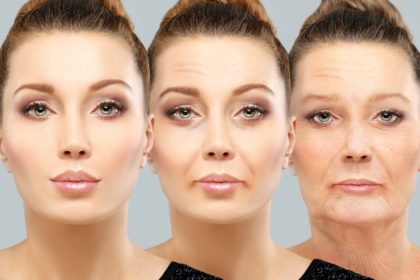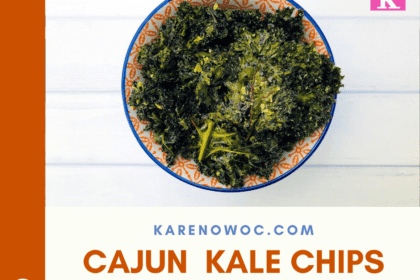
Eating certain foods can affect how fast you age and how well you feel. Check out my segment here. But did you know the way you cook your food has just as much of an effect on your longevity?
Here are some of the Do’s and Don’ts of cooking to counteract aging.
Common Compounds Formed When Cooking
There are several compounds formed during cooking that affect the aging process:
- AGEs (Advanced Glycation End Products), a.k.a. glycotoxins
- HCAs (heterocyclic amines)
- PAHs (polycyclic aromatic hydrocarbons)
- Acrylamide
AGEs (Advanced Glycation End Products), a.k.a. Glycotoxins
AGEs accelerate the aging process, and are associated with an increased risk of dementia.
They cause stiffening of tissues, which contribute to inflammation and the progression of other age-related diseases, such as:
- Atherosclerosis (clogged arteries)
- Type 2 diabetes
- Insulin resistance
- Neurodegenerative diseases (e.g., Alzheimer’s)
- Sarcopenia (loss of muscle mass due to aging)
- Cataracts
- Cancer cell metastasis (spread to different body parts)
- Nephropathy (reduced kidney function)
AGEs are present in three ways:
- They’re formed inside your body and circulate throughout the system.
- They’re in the foods you eat — These “dietary AGES” are highest in beef and cheese, then poultry, pork, fish, and eggs.
- They’re formed when cooking with high, dry heat.
How to Reduce the Formation of AGEs
Researchers found a link between heat-processed foods and AGEs.
- Avoid high heat (greater than 300°F). It’s better to cook over medium heat for an extra minute or two. On the stove: medium heat is 300°F.
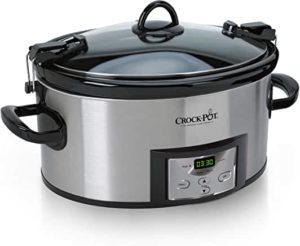 Use a slow cooker. They are thought to be one of the healthiest ways to cook. A slow cooker cooks at 190°F (low setting); 300°F (high setting).
Use a slow cooker. They are thought to be one of the healthiest ways to cook. A slow cooker cooks at 190°F (low setting); 300°F (high setting).
- Cook with moist heat, such as poaching, steaming, stewing, and boiling.
- Avoid cooking with dry heat (roasting, air frying, grilling, broiling, and barbecuing.
Whether you’re cooking on the stove, in the oven, or on the grill, cooking with high heat increases AGE formation 10-100 times.
Grill marks indicate AGEs are present. Don’t eat scorched, burnt food.
NOTE: Unlike meat, fruits and vegetables maintain low levels AGE levels after cooking them because they contain more water, antioxidants, and vitamins.
“AGEs are ubiquitous and addictive, since they provide flavour to foods. But they can be controlled through simple methods of cooking, such as keeping the heat down and the water content up in food and by avoiding pre-packaged and fast foods when possible.”
—Professor Helen Vlassara, AGE researcher from the Mount Sinai School of Medicine
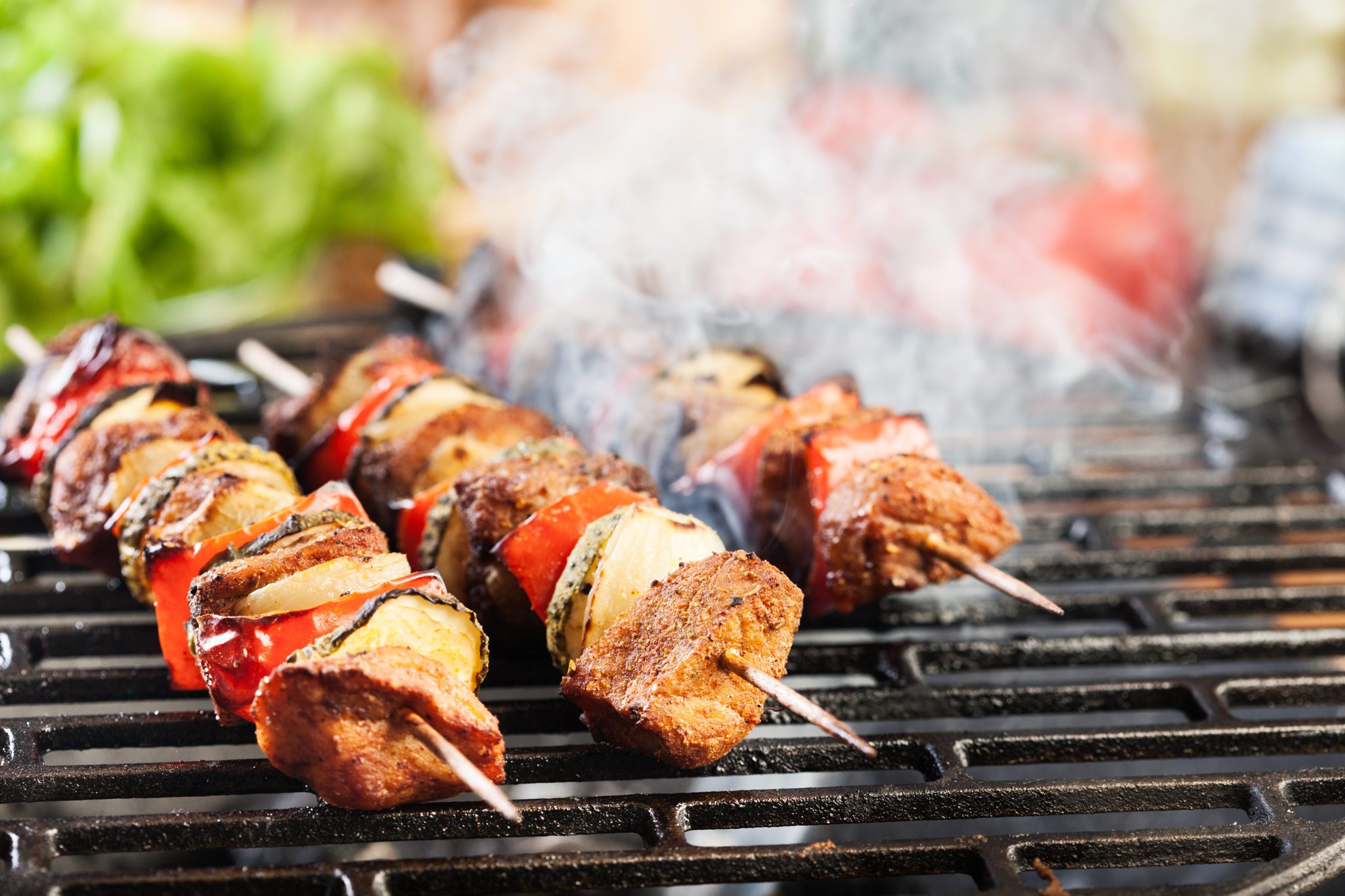
HCAs (heterocyclic amines) and PAHs (polycyclic aromatic hydrocarbons) — HCAs and PAHs are two potentially cancer-causing chemicals formed when muscle is cooked at high temperatures.
Lab studies have shown HCAs alter DNA, which could lead to cancer.
- HCAs: Formed when cooking meat proteins above 300°F, whether grilling, frying, air frying, broiling or cooking for long periods. Well-done meat = more HCAs.
- PAHs: Formed when fat and juices drip off meat and into the grill. This causes burning and flames and smoke. PAHs are in the smoke, which stick to your food. Beware of “smoked” foods.
NOTE: Gas grills vary from 250-550°F. Charcoal grills can get up to 700°F.
Acrylamide
First discovered in April 2002. It is a “probable human carcinogen” by IARC (International Agency for Research on Cancer).
Acrylamide is found in starchy plant-based foods that are cooked at high temperatures (above 248°F), such as fried, air-fried, roasted, grilled, baked, or barbecued.
A chemical reaction occurs called the Maillard Reaction, a.k.a. “browning”.
- Avoid high heat cooking. Moist heat does not typically form acrylamide. Steam, but do not boil to preserve water-soluble vitamins.
- Limit certain starchy foods, e.g., potato products (especially French fries and chips), cookies, pastries, dark toast, pretzels, some ready-to-eat breakfast cereals.
- Cook potatoes and toast bread to a lighter color.
- Don’t smoke. Acrylamide is found in cigarette smoke.
NOTE: Air fryers (currently very popular) use a small amount of oil, and circulate air heated up to 482°F.
Air fryers can form HCAs and PHAs when cooking meat on high heat. They trigger acrylamide formation.

Karen’s Fit Tip: What you eat becomes a part of you, so choose foods wisely, and pay just as much as attention to how you cook them.
For more on longevity, check out my new book, Athletes in Aprons: The Nutrition Playbook to Break 100.

